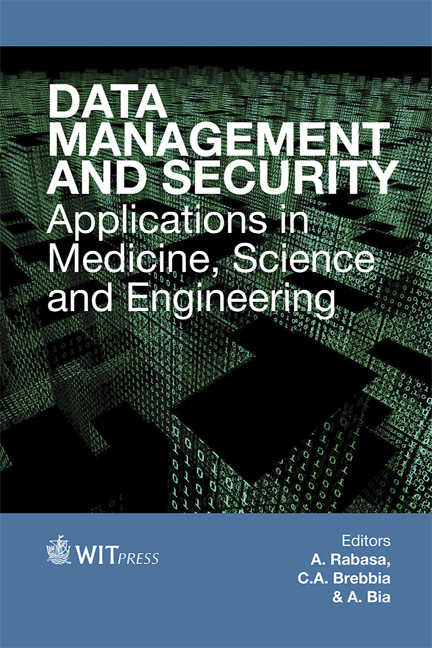Monte Carlo Simulation Study Of Regression Models Used To Estimate The Credit Banking Risk In Home Equity Loans
Price
Free (open access)
Volume
45
Pages
13
Page Range
141 - 153
Published
2013
Size
195 kb
Paper DOI
10.2495/DATA130131
Copyright
WIT Press
Author(s)
D. Morales, A. P´erez-Mart´ın & M. Vaca
Abstract
The banking structure of today is quite damaged. This happened because the industry was not able to foresee the different risks that surrounded it. Of the group of risks associated with the business of banking activity, the risk of credit in many occasions accounts for 60%. The risk of credit arises when there exists the possibility of suffering a loss due to the breach of the other party to assume the payment or payments. The default originates a loss for the entity that climbs not only to the none recovered amount, but also to the expenses incurred in the process. The uncertain nature of the risk does mean that this risk is measured through the unexpected loss, which coincides statistically with the standard deviation. This is why statistical methods are needed to enable the prediction of bank credit risk (default and non-payment) in home equity loans through estimates based on statistical models (also called techniques of ‘credit scoring’), to improve the currently available methods. Keywords: credit scoring, credit risk, home equity loans, linear mixed models, Monte Carlo.
Keywords
Keywords: credit scoring, credit risk, home equity loans, linear mixed models, Monte Carlo.





